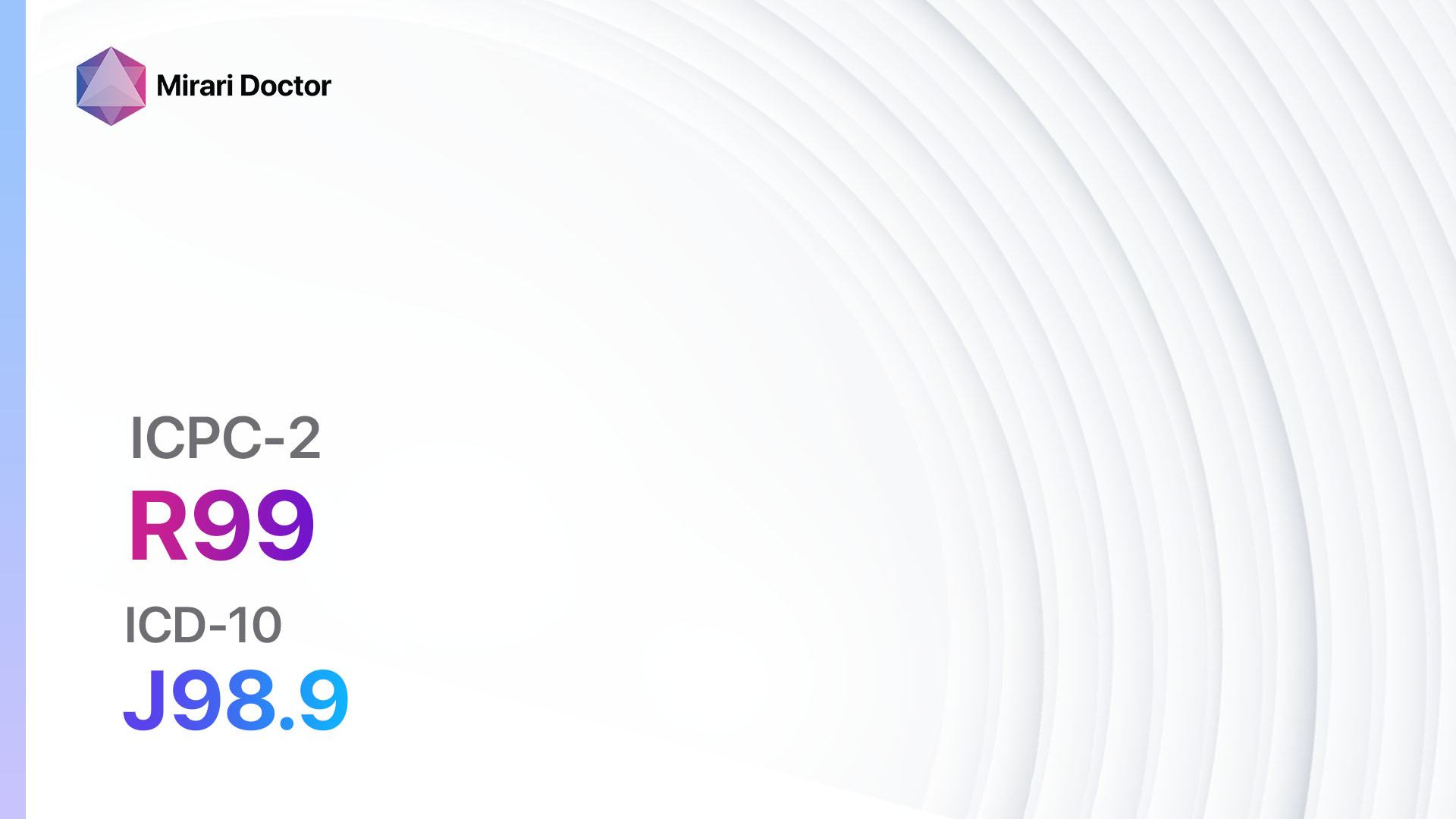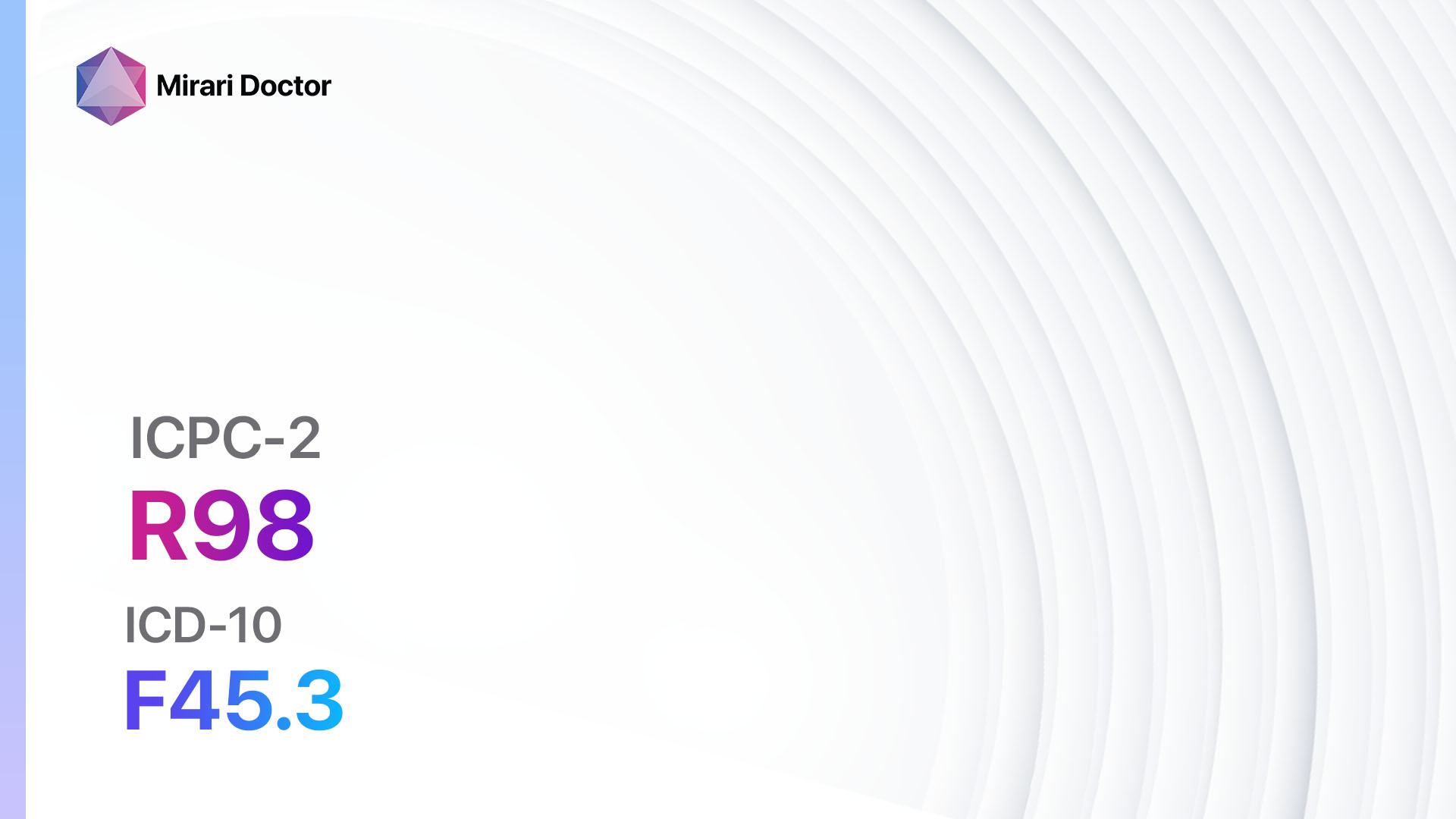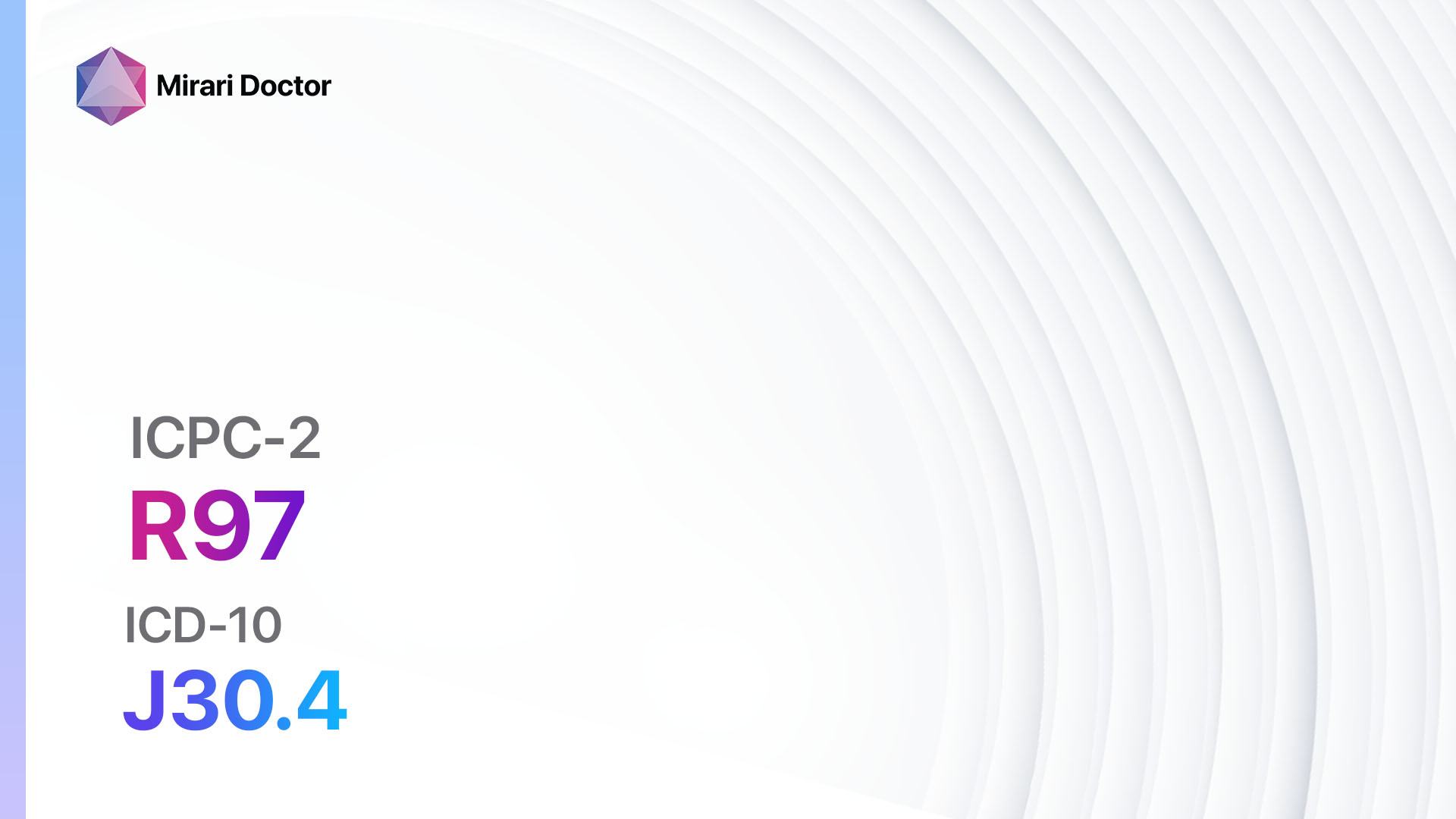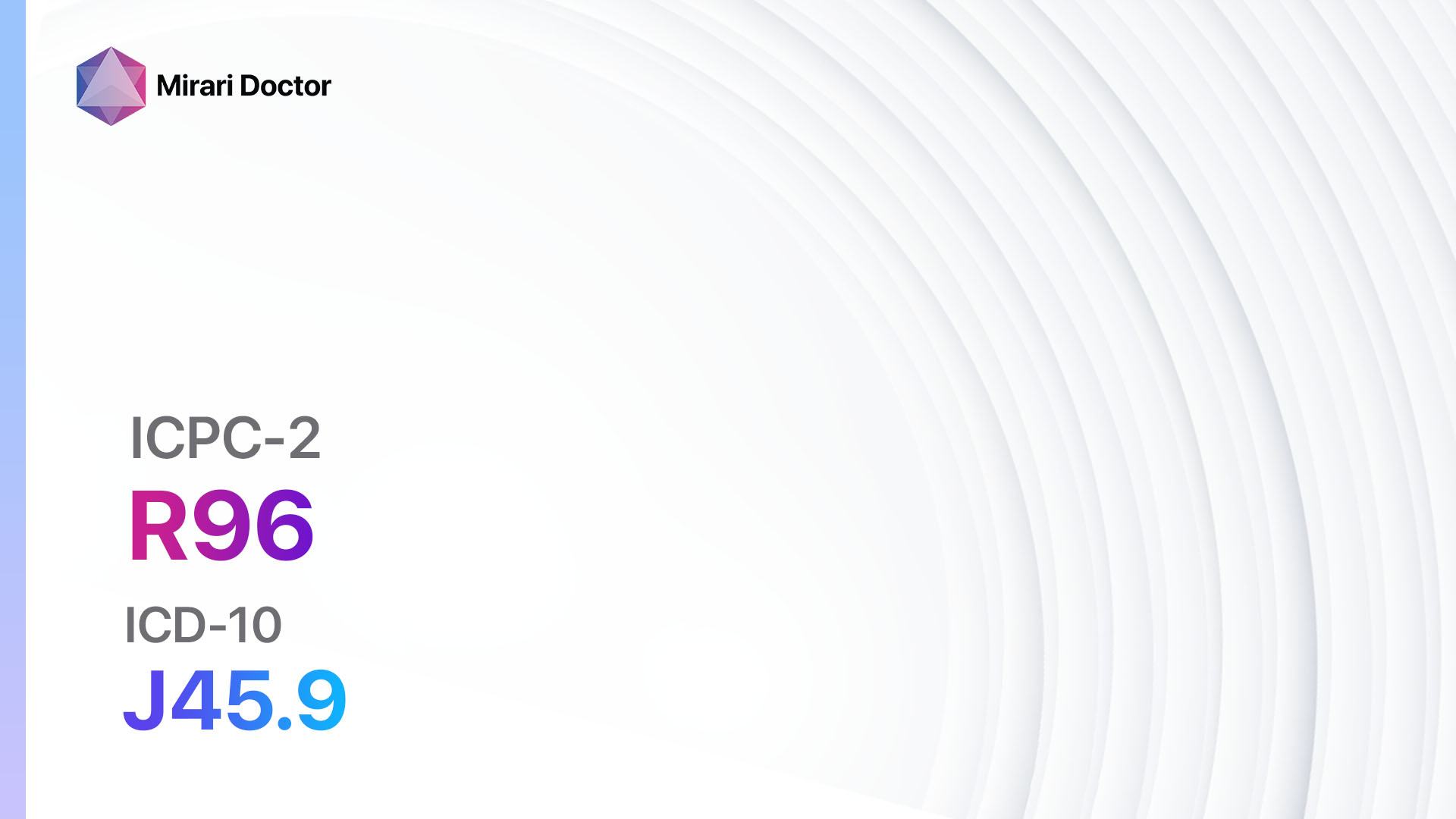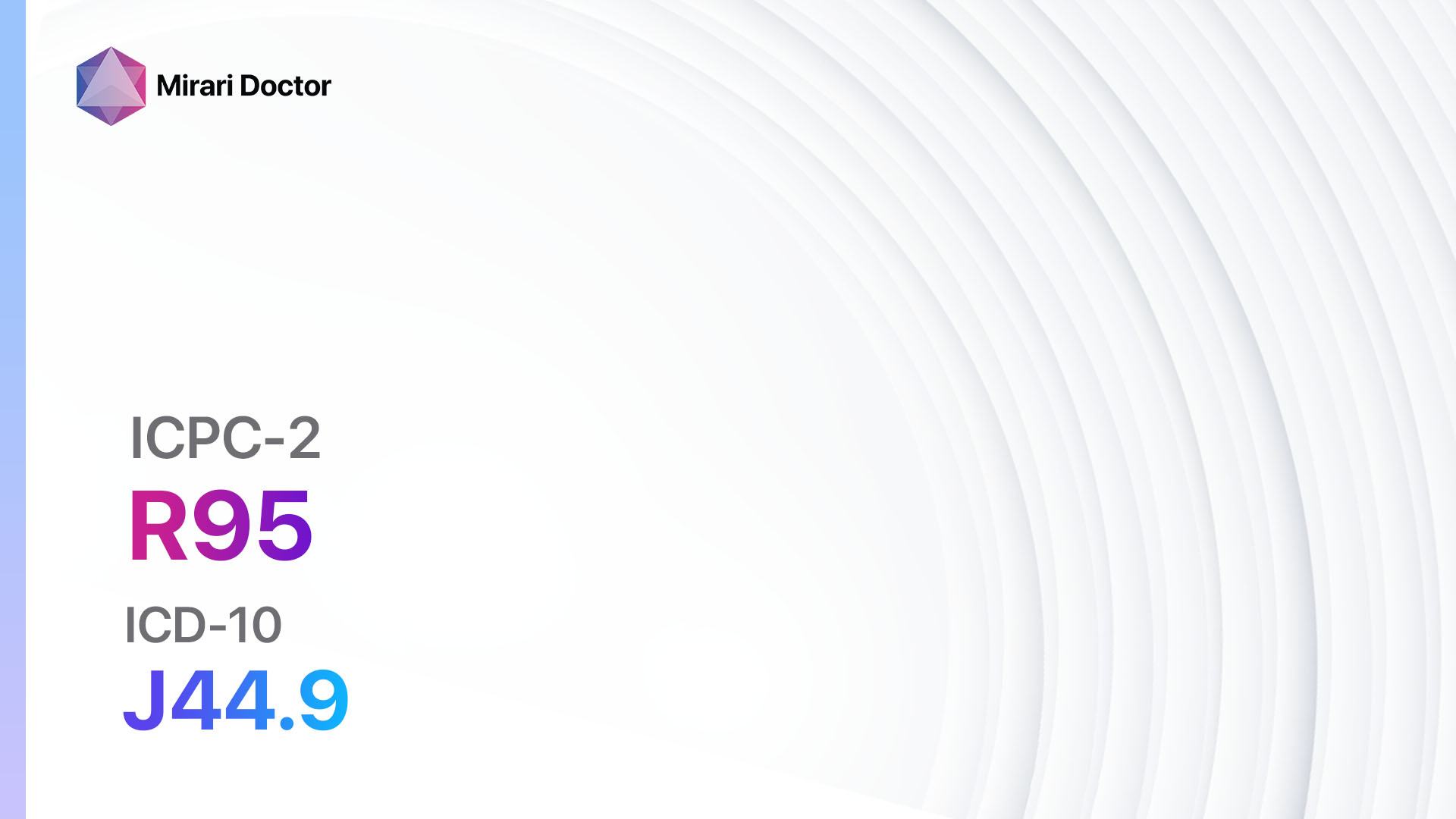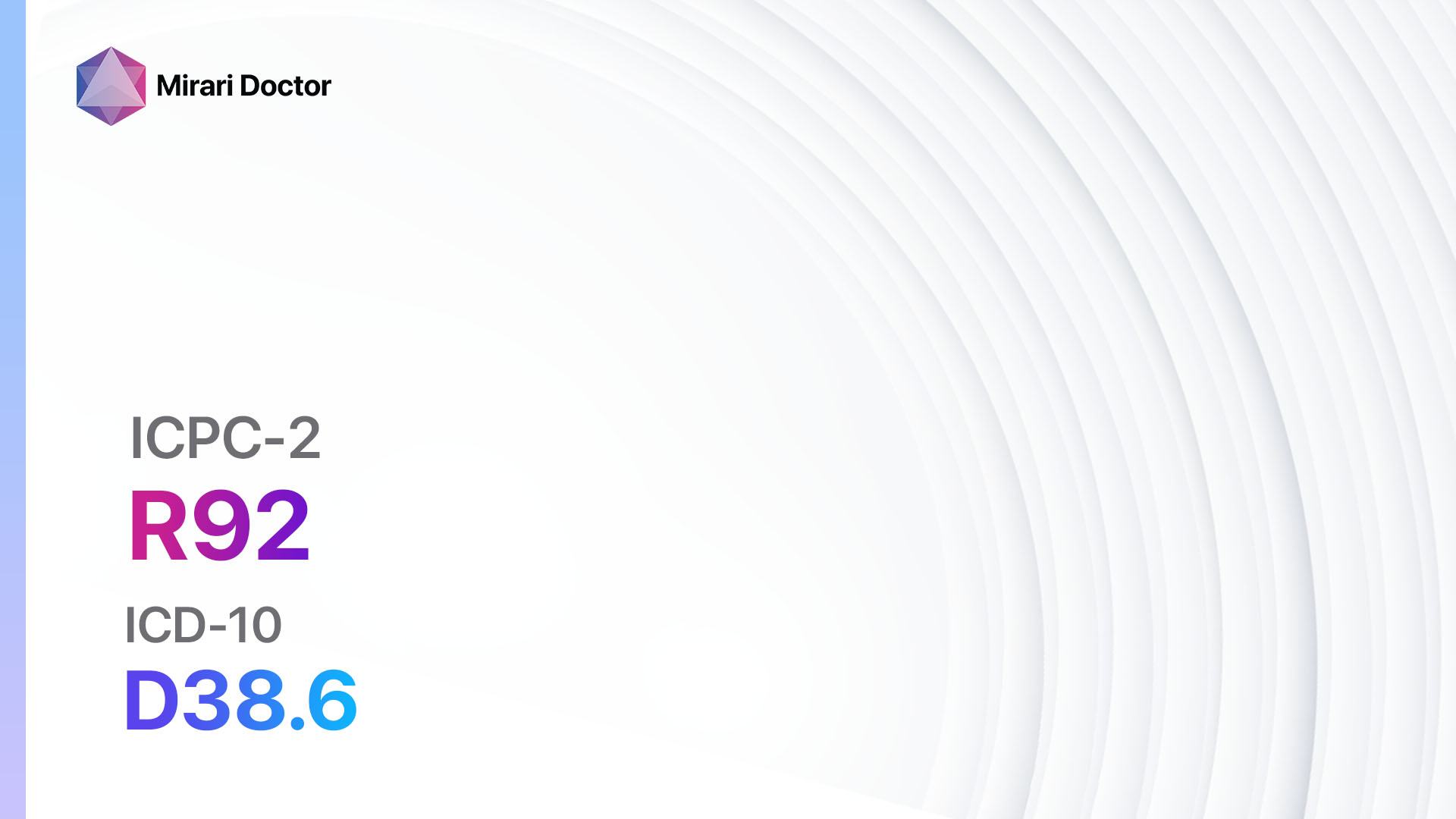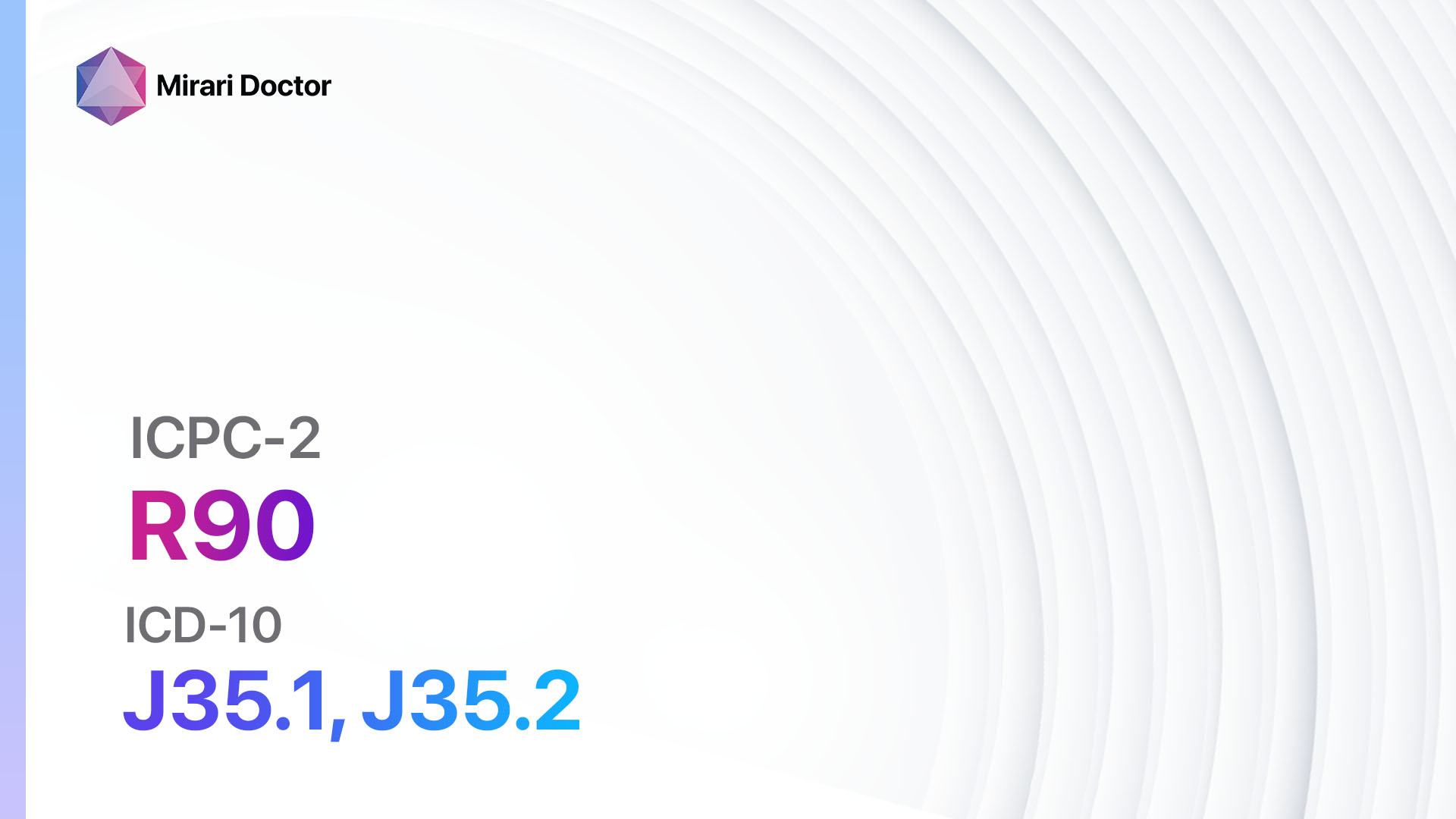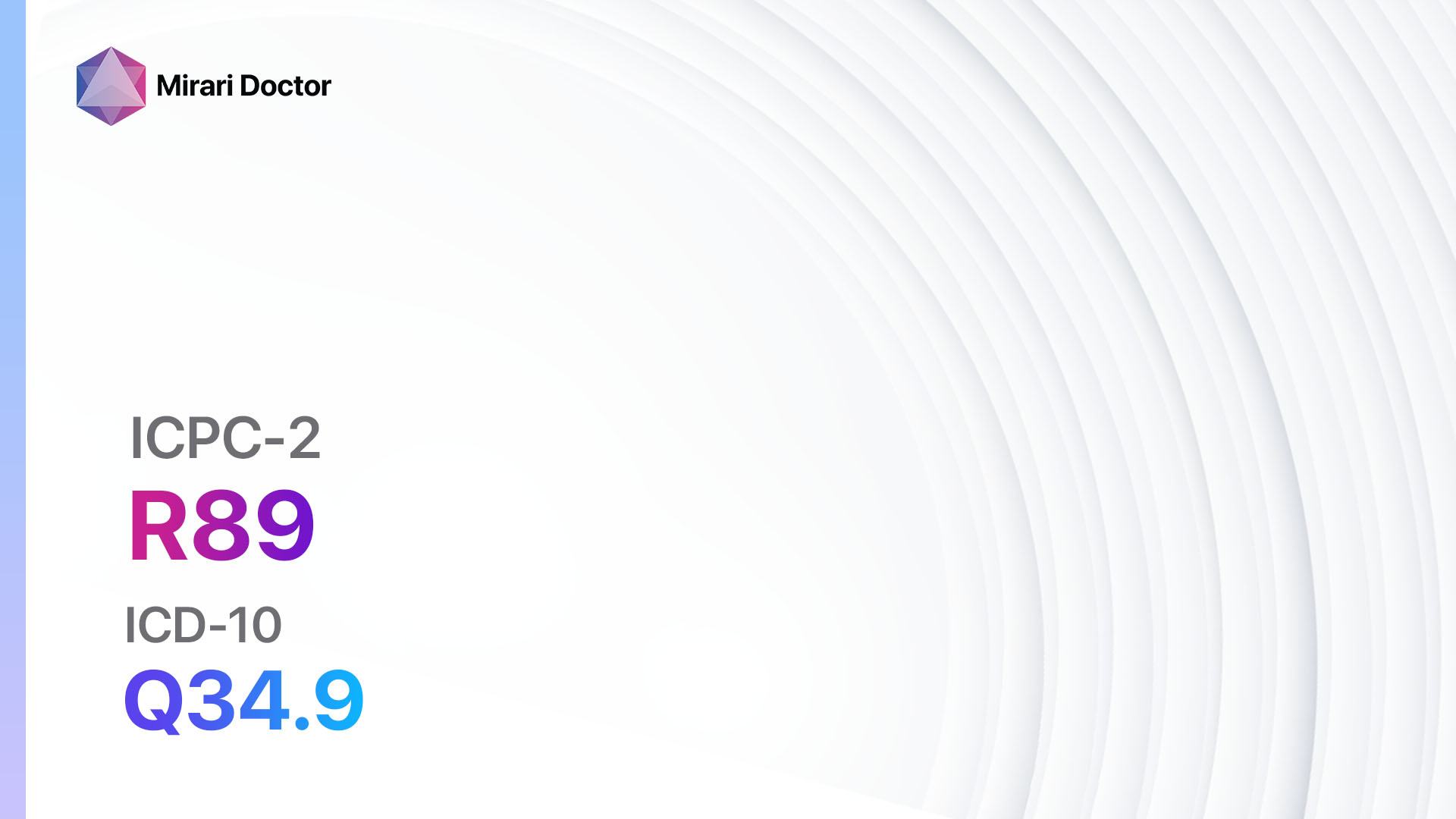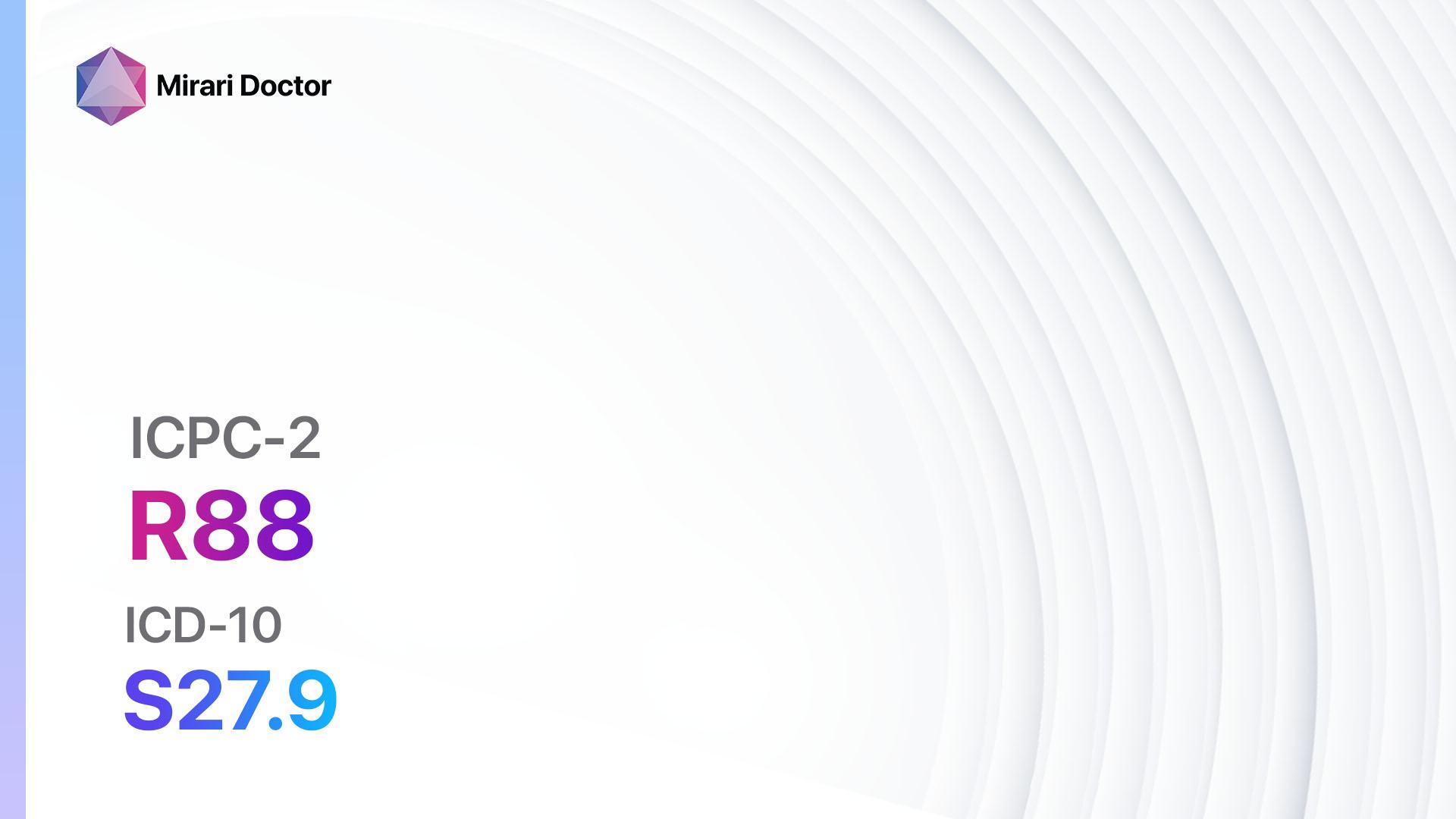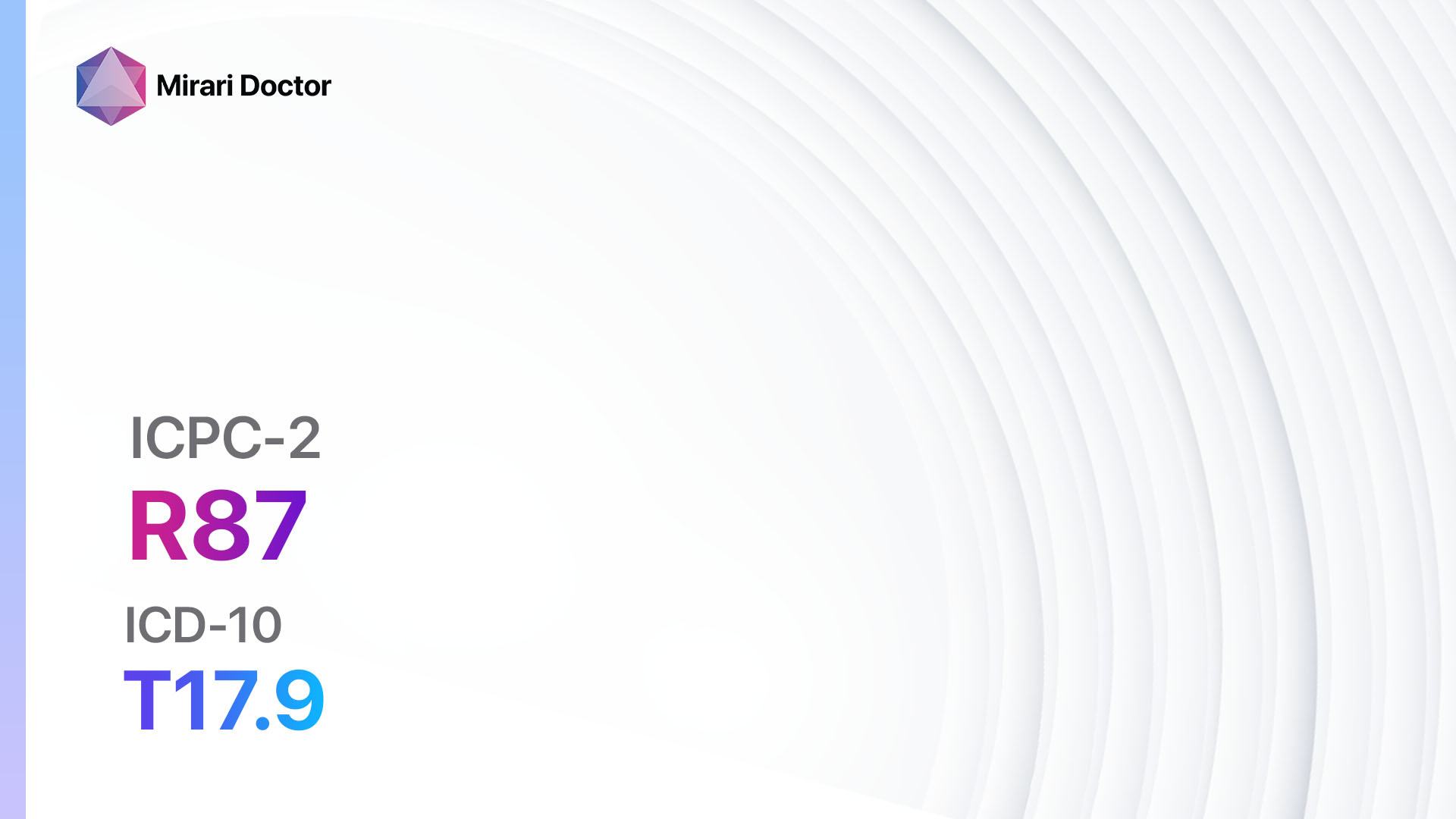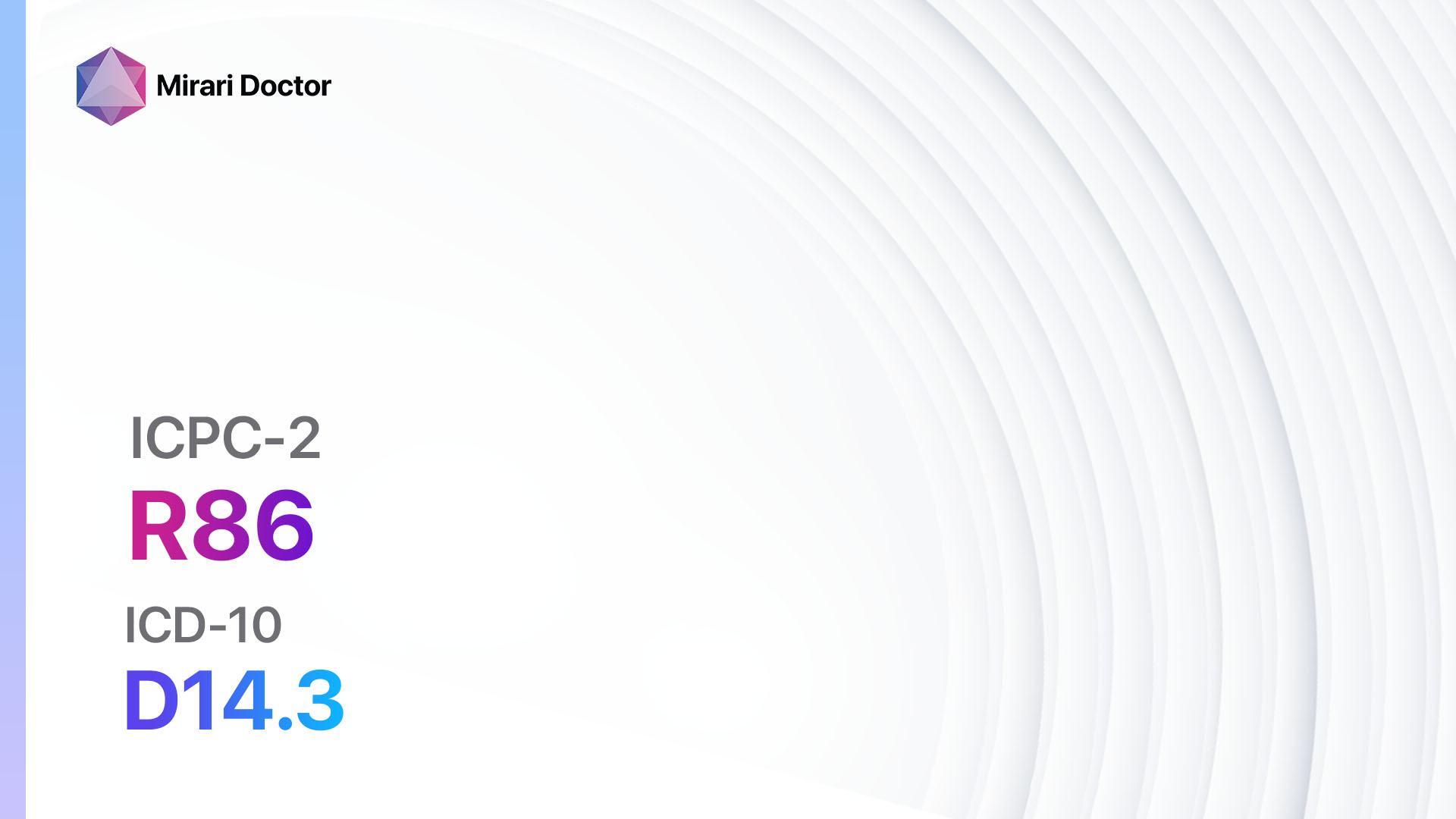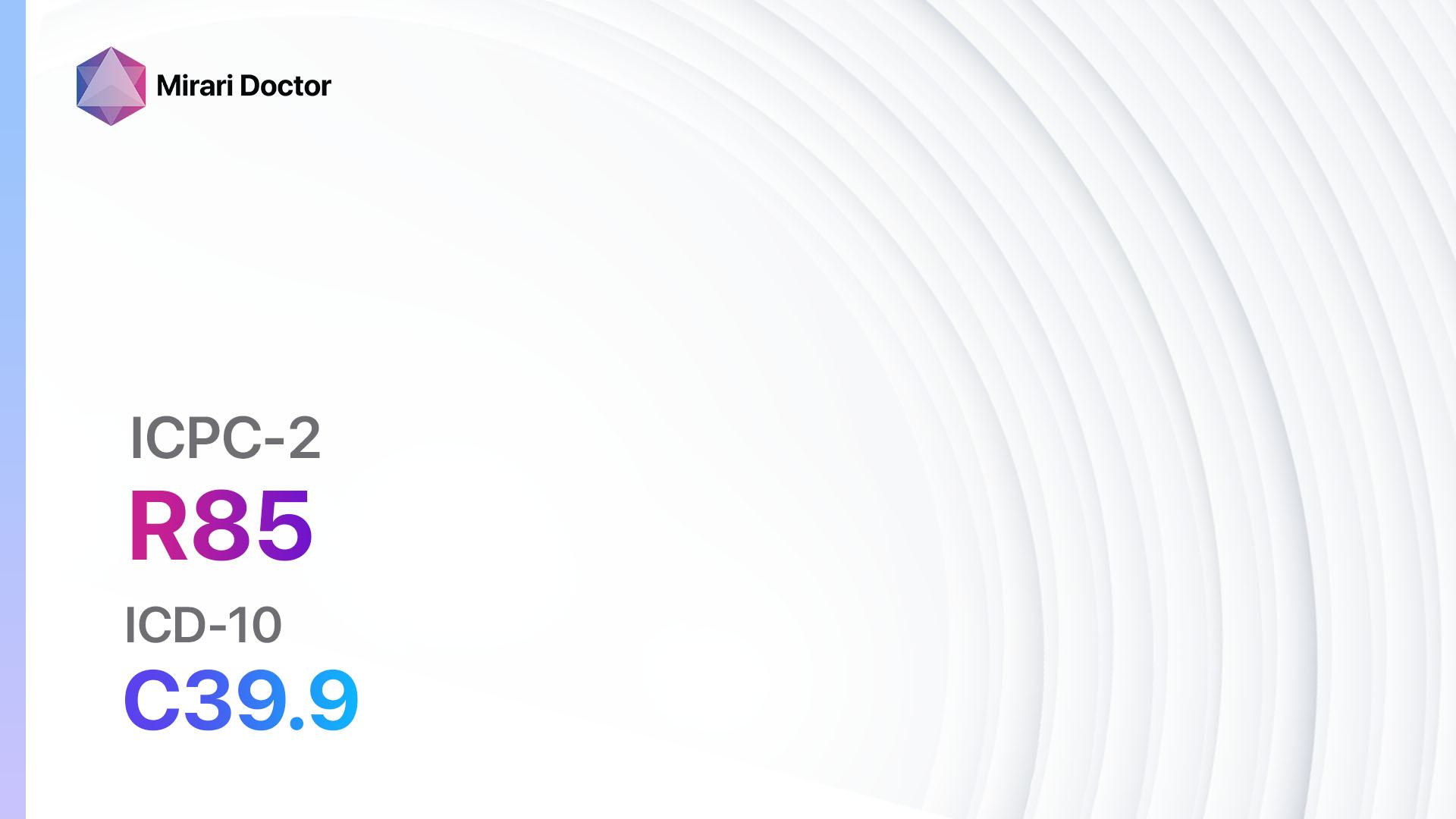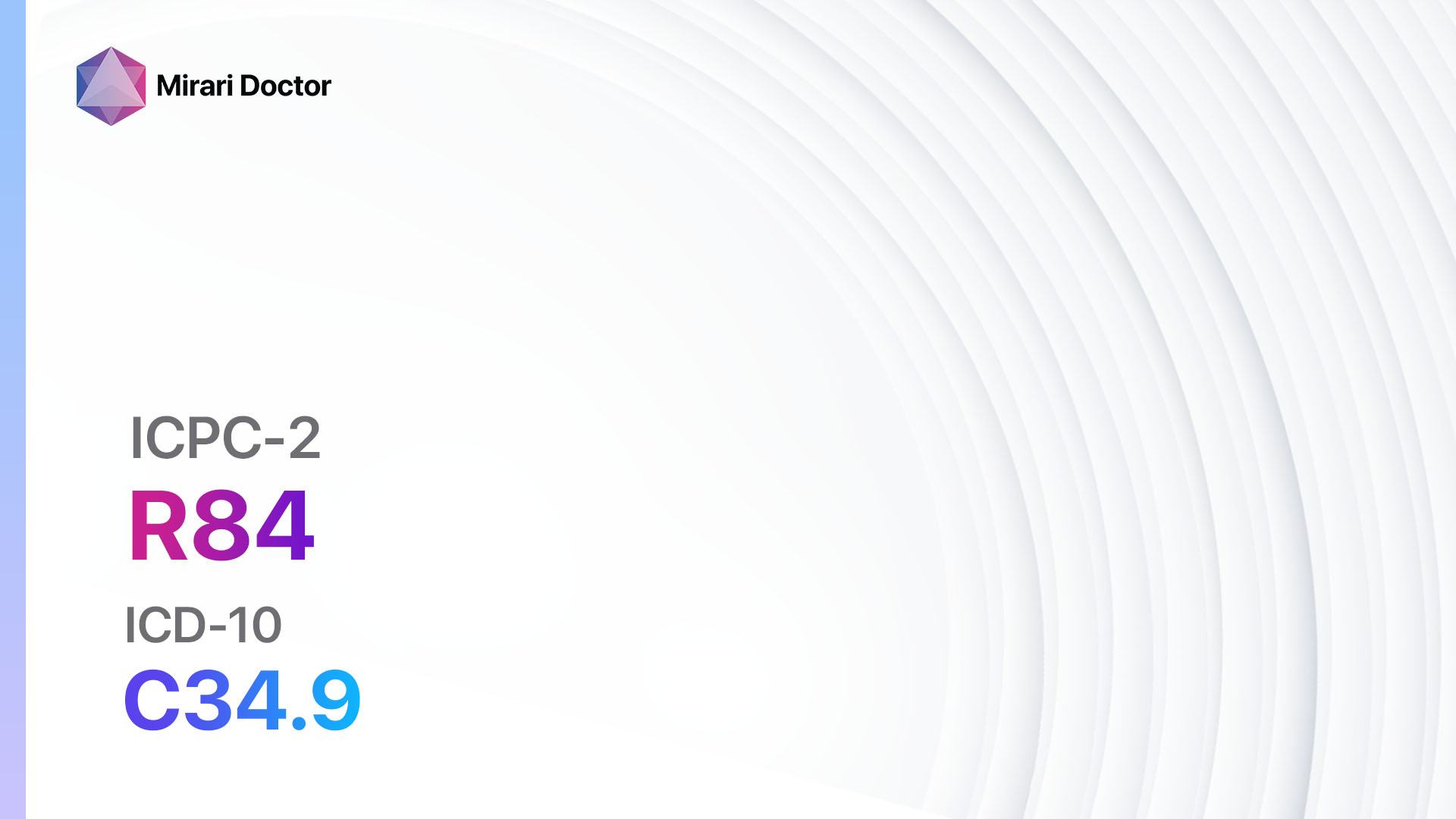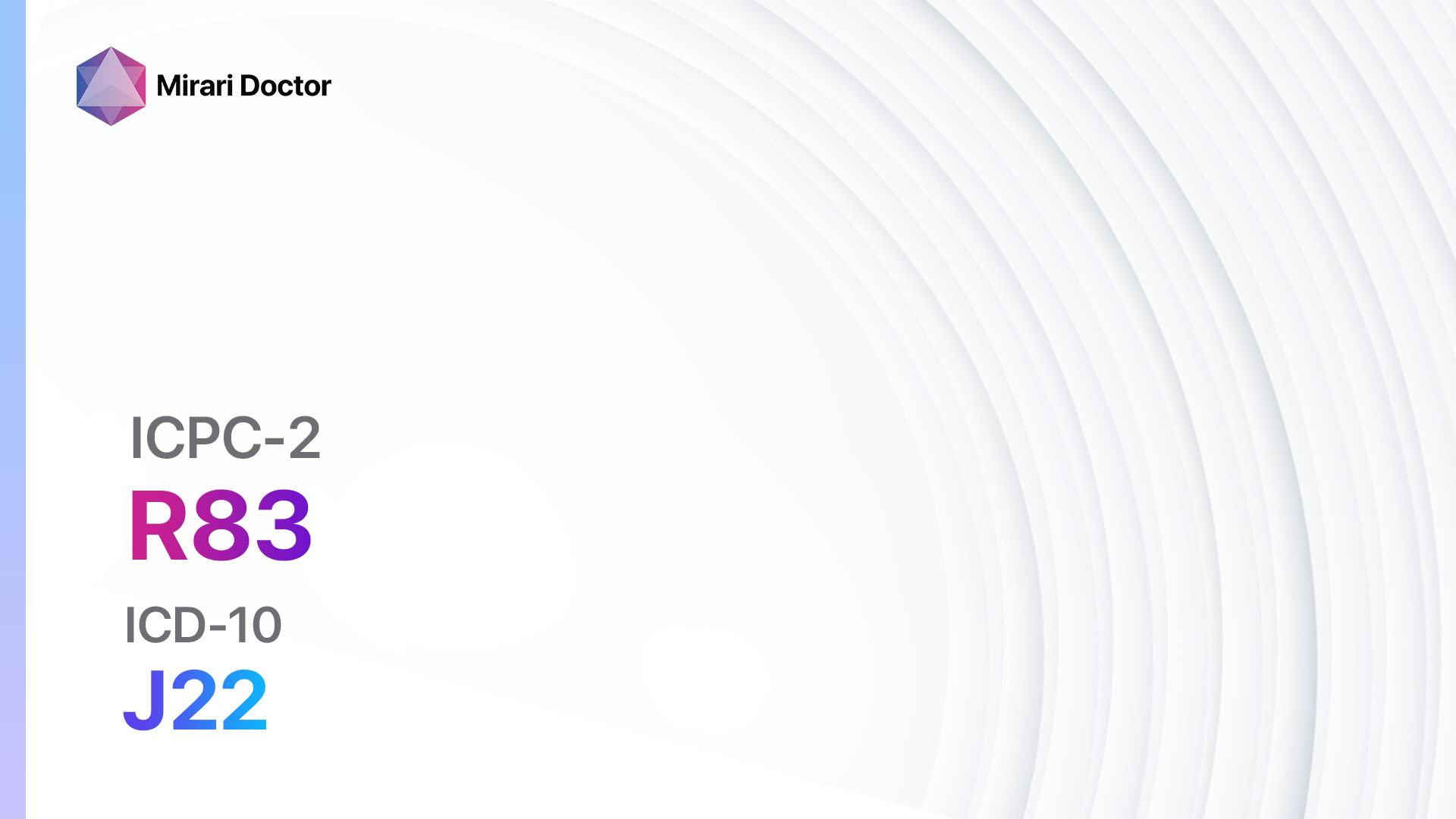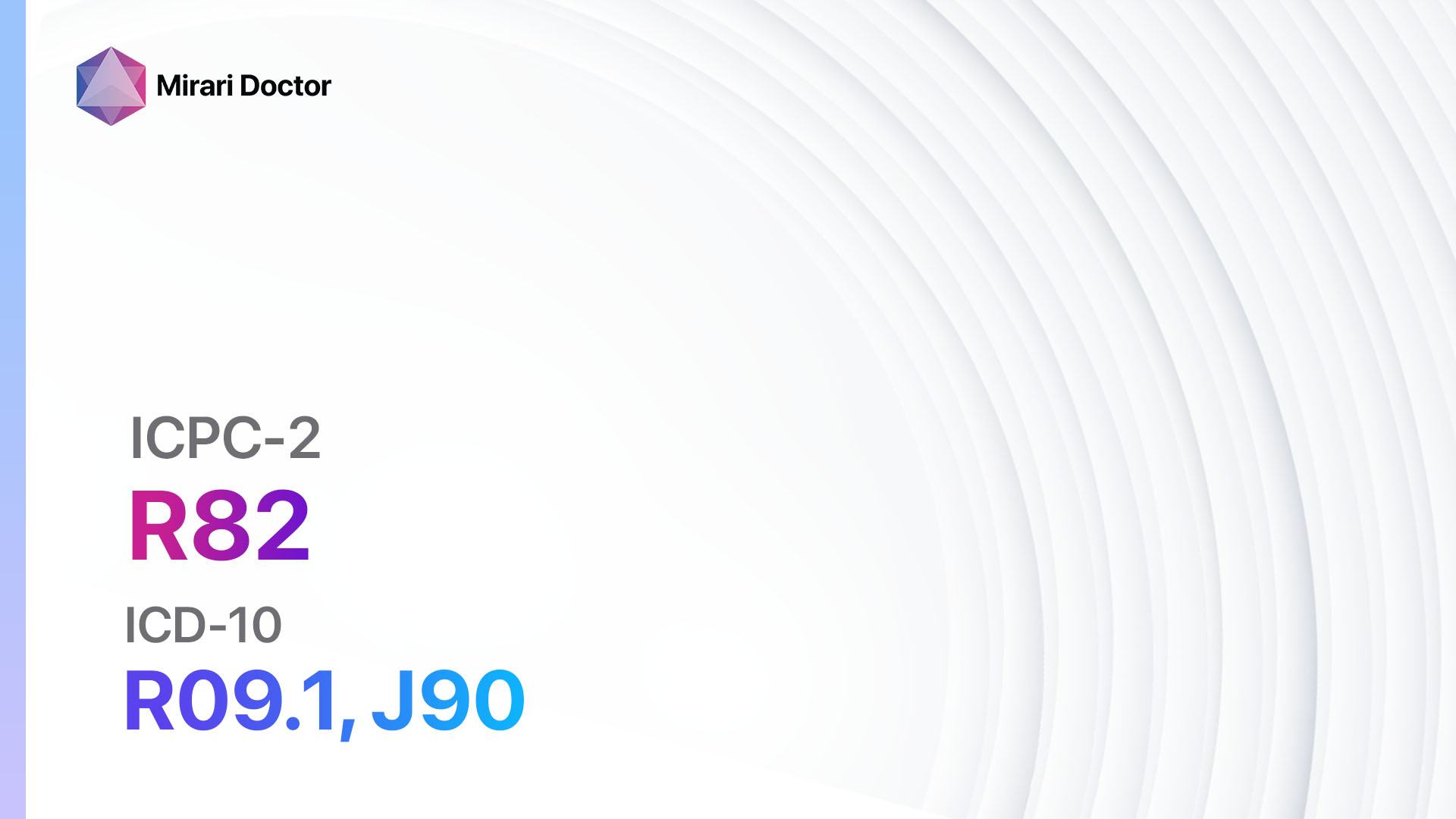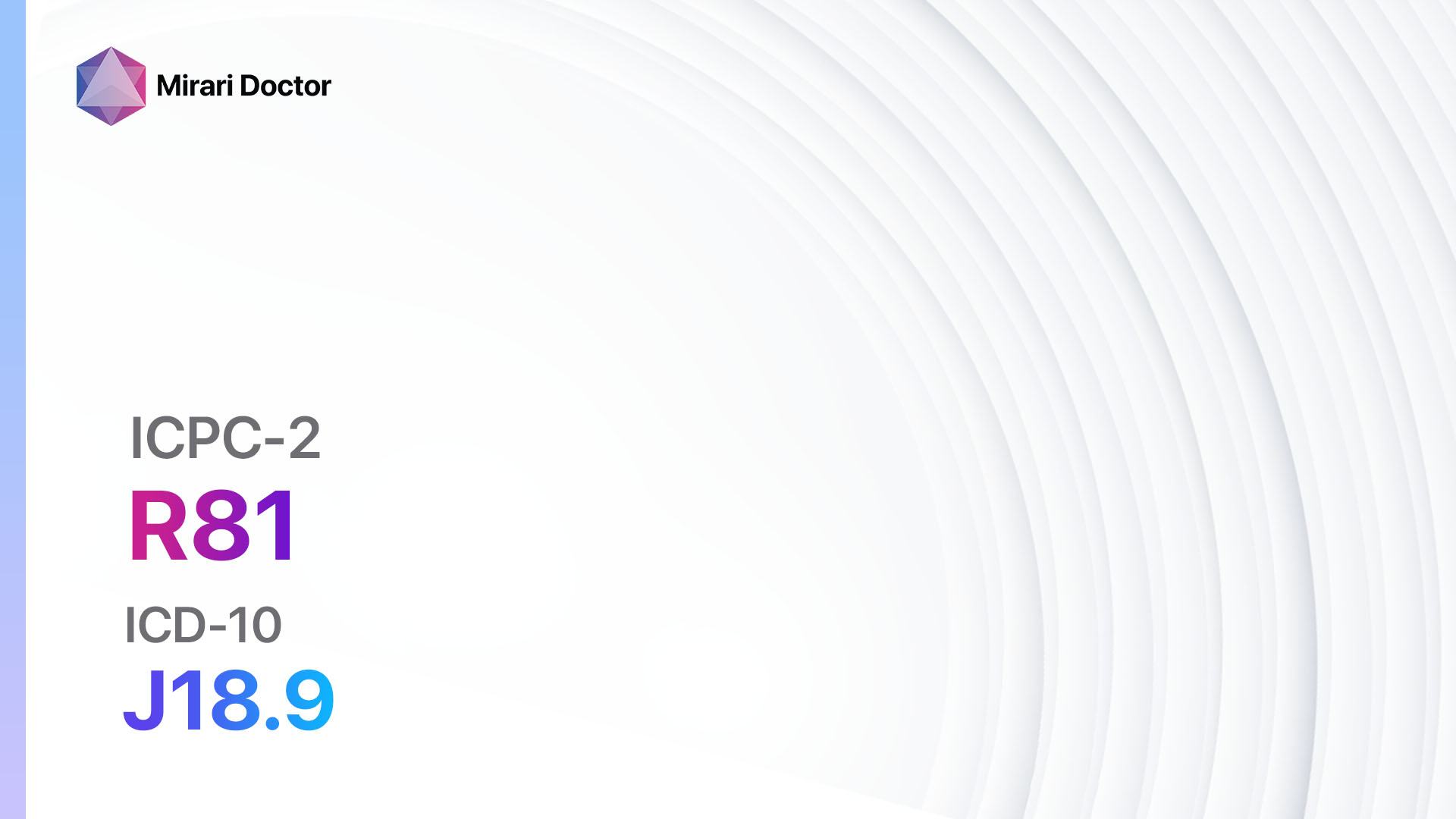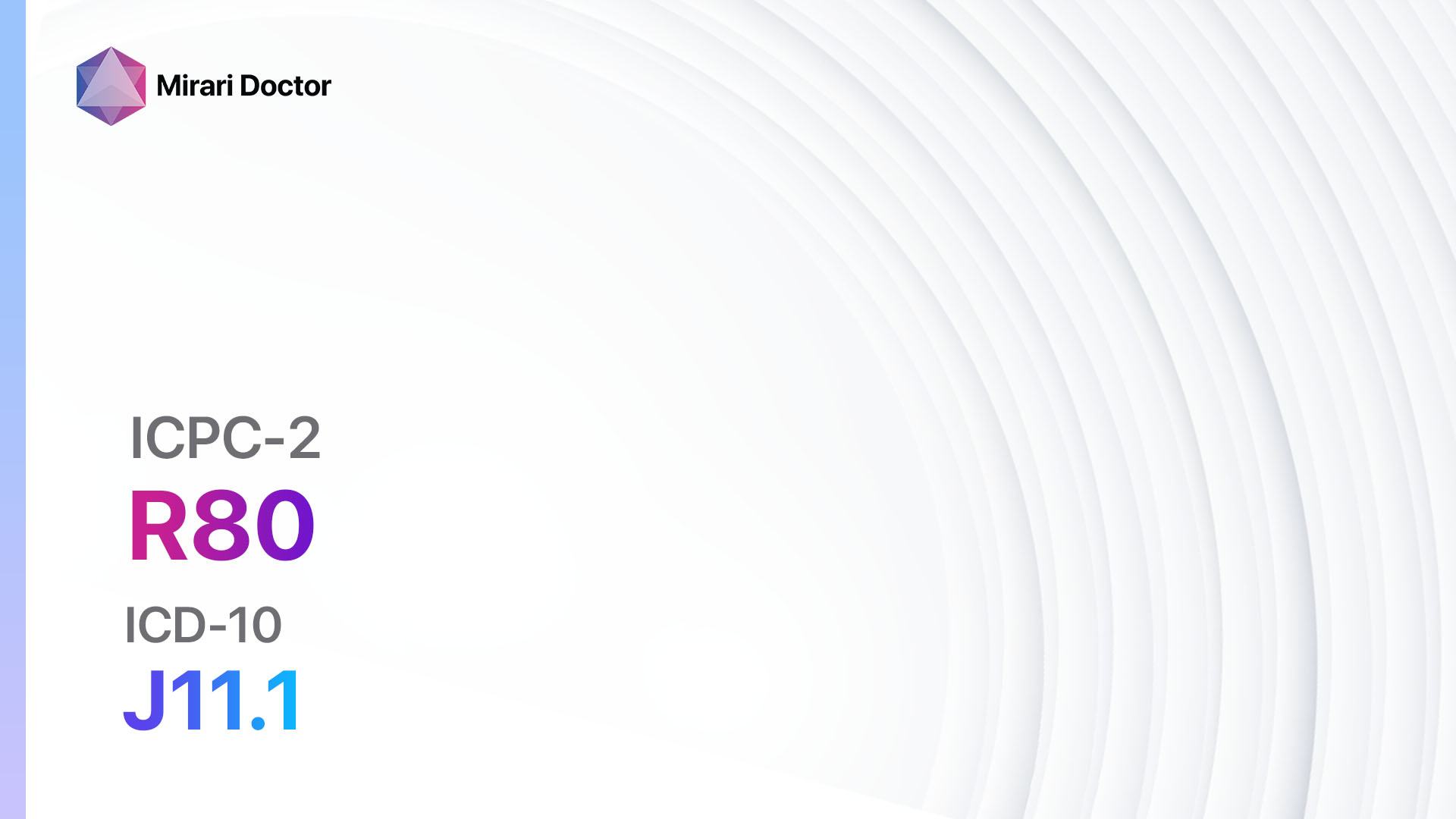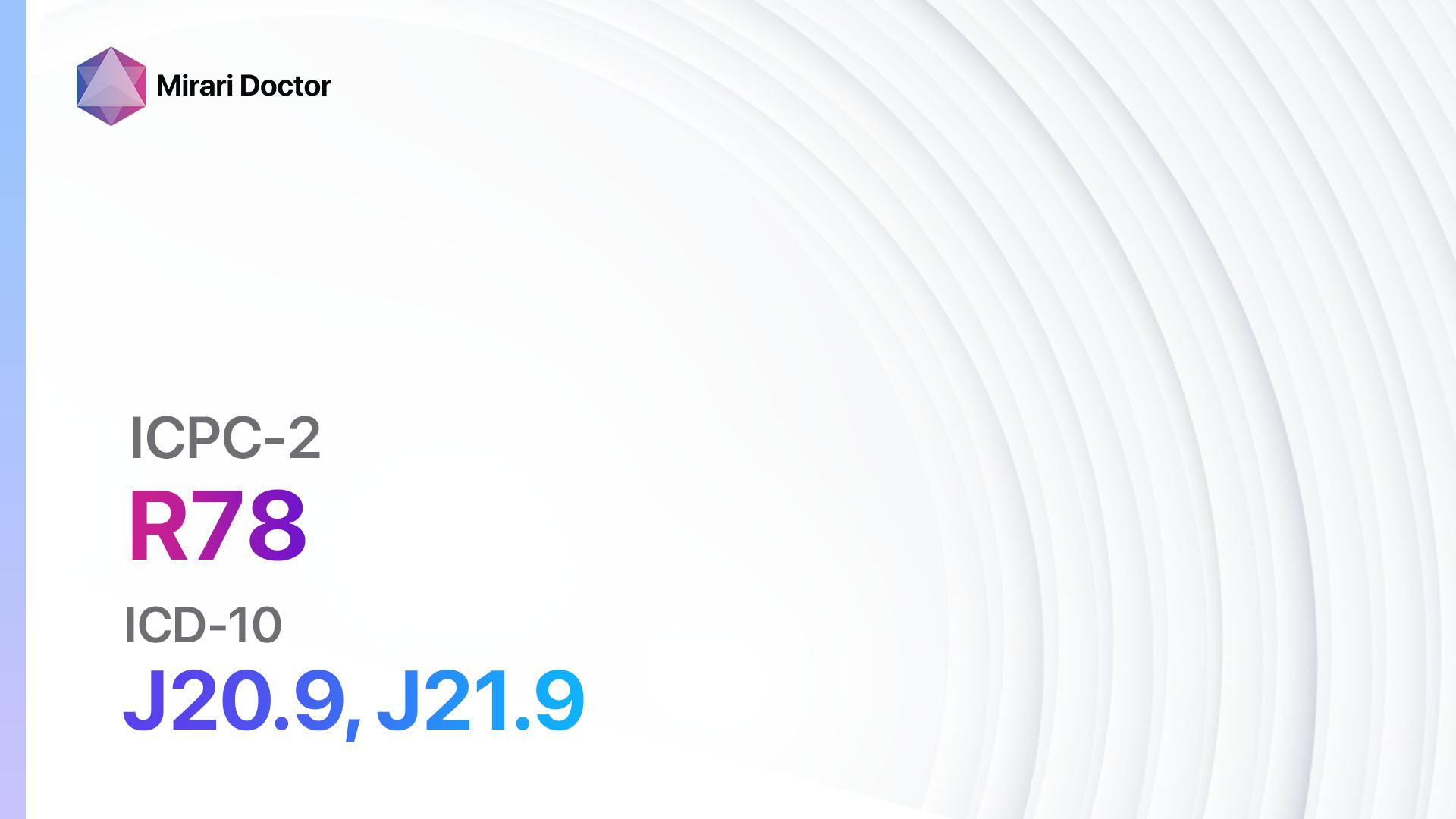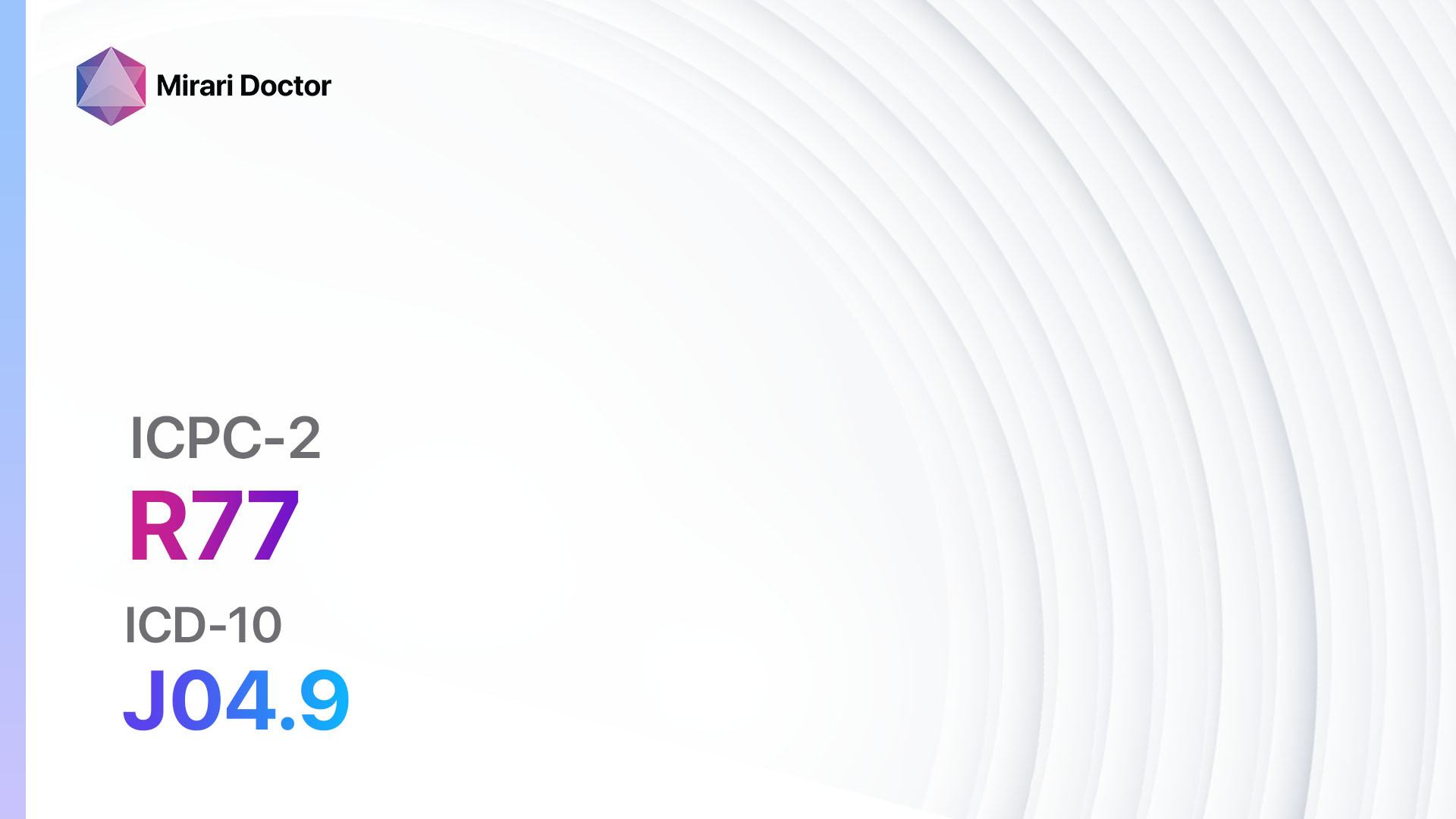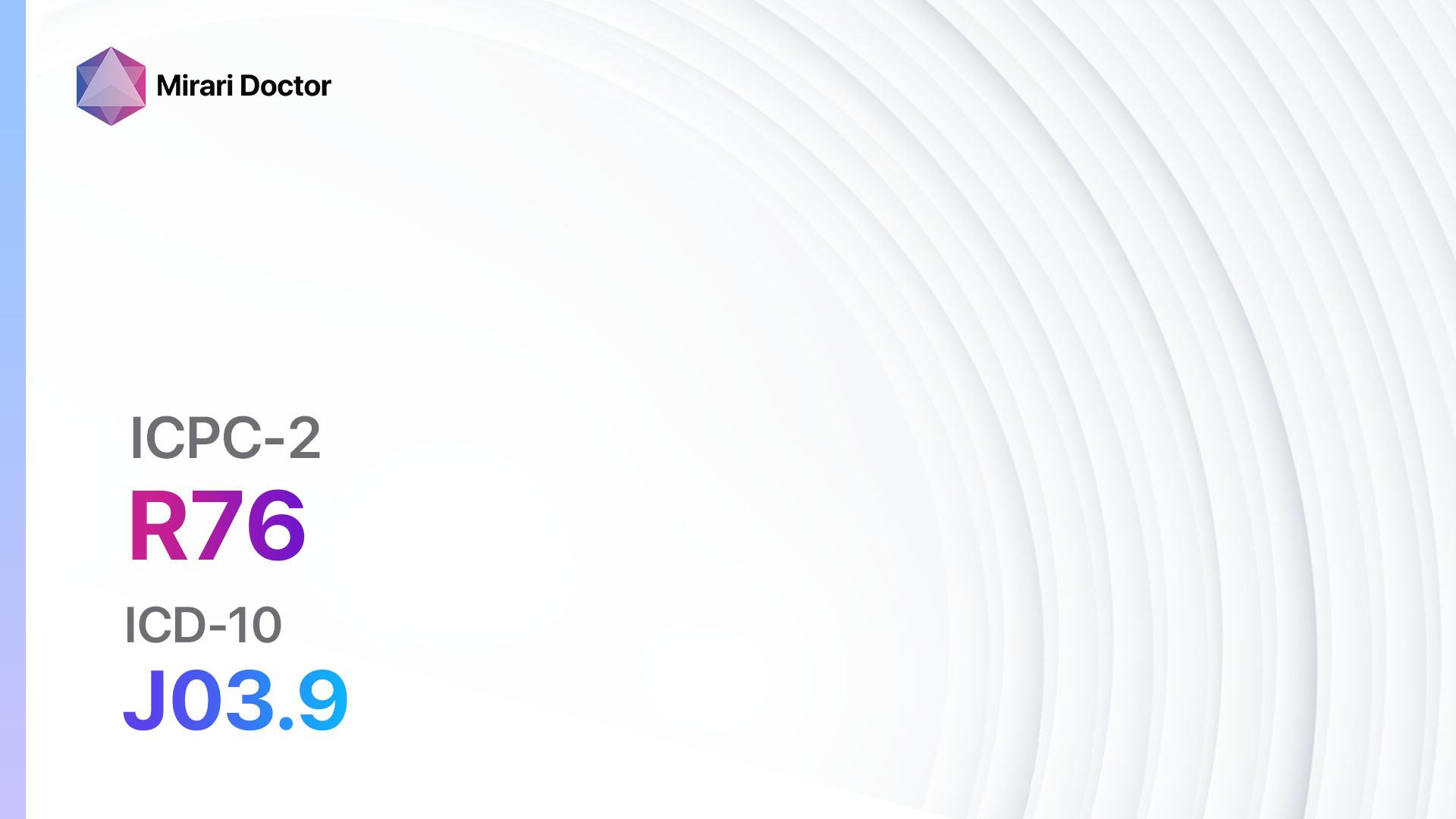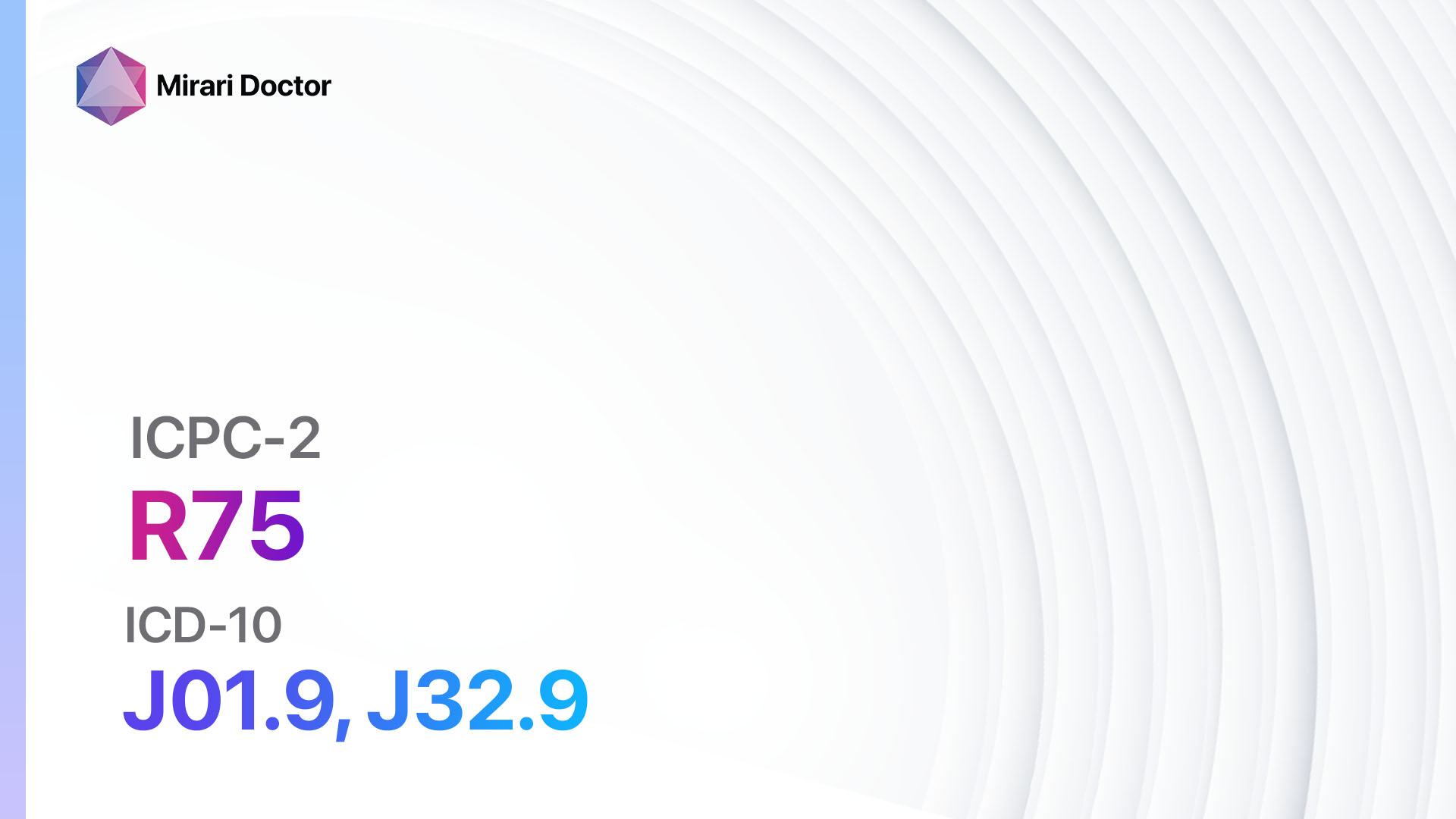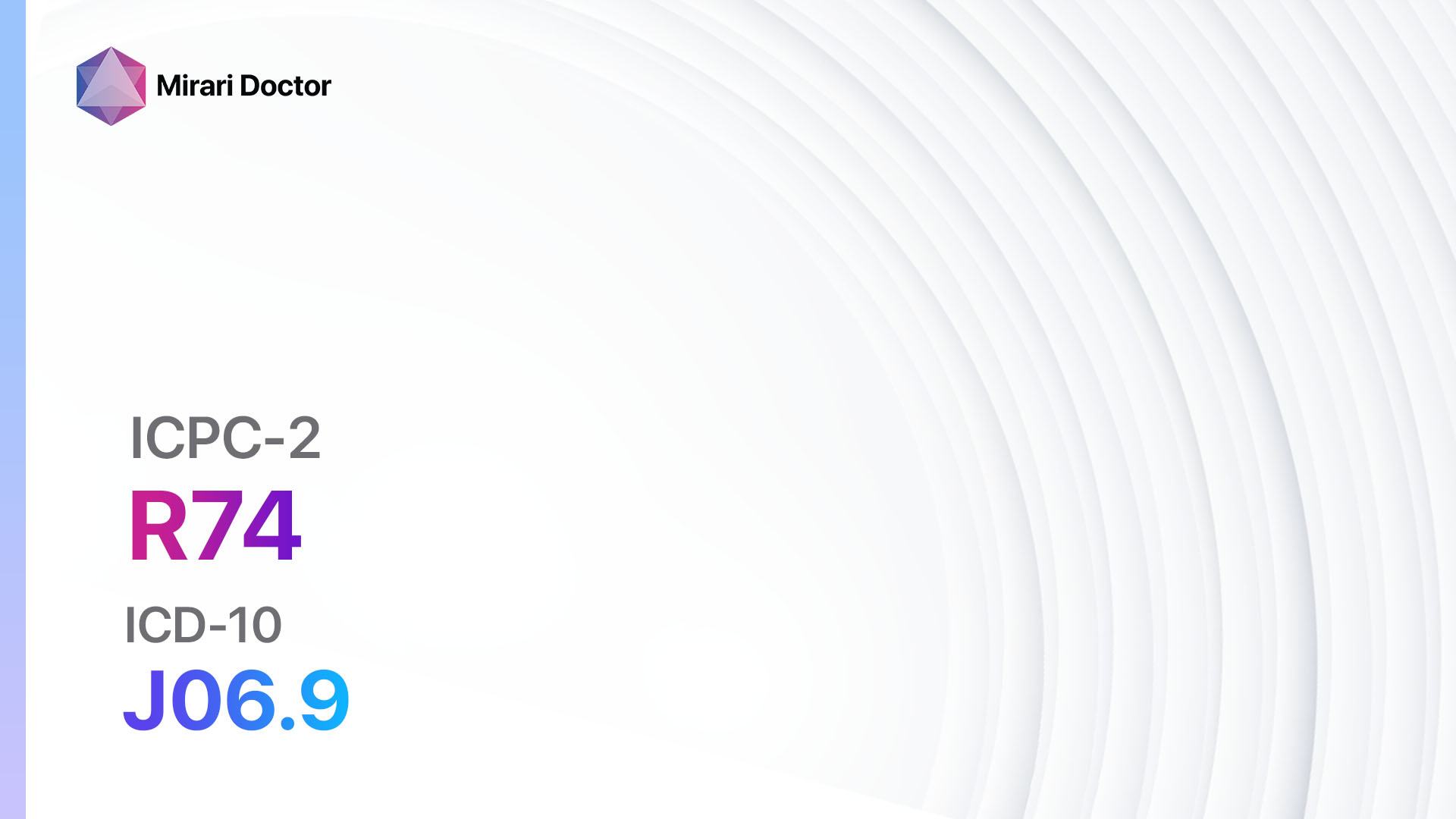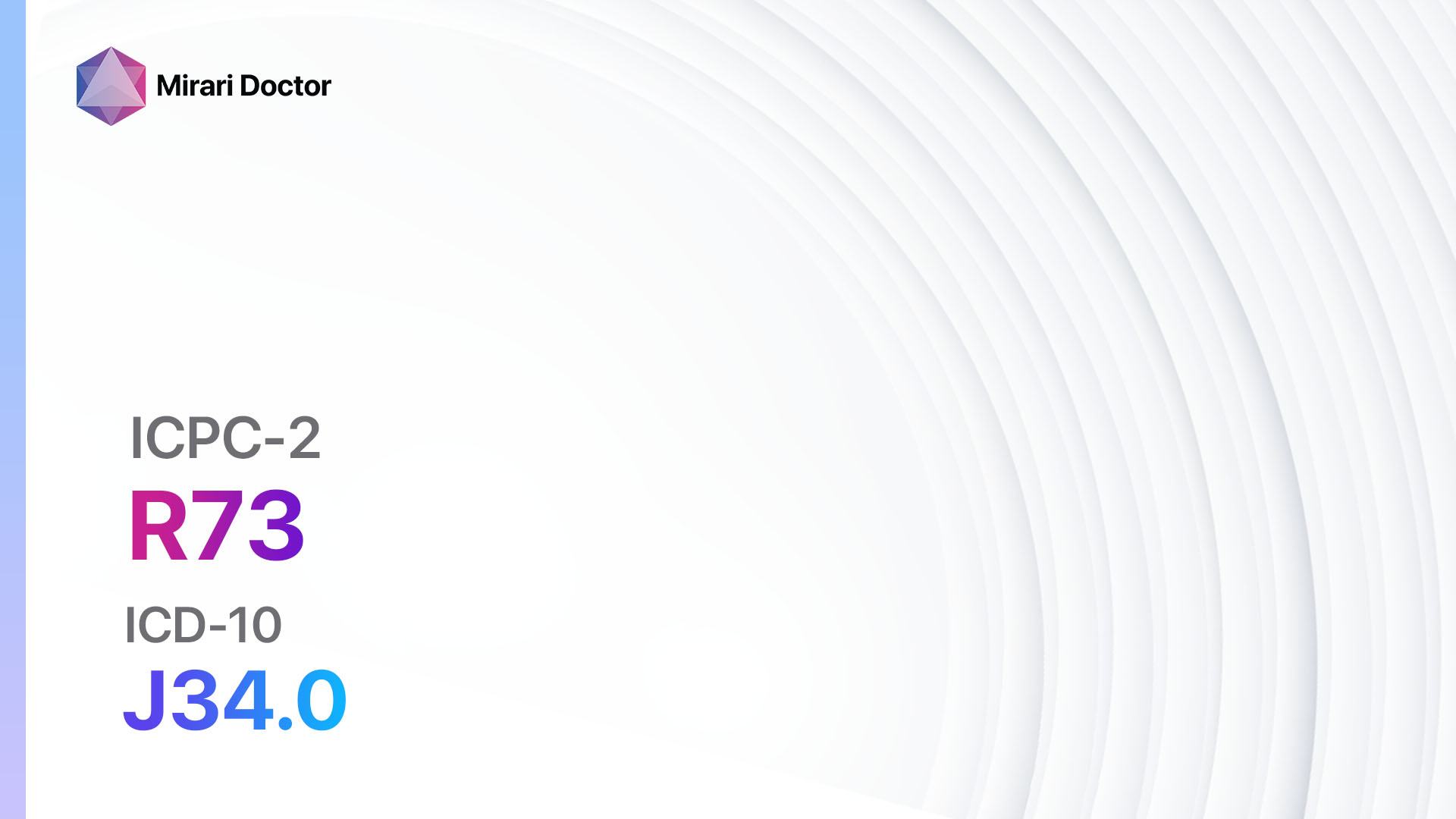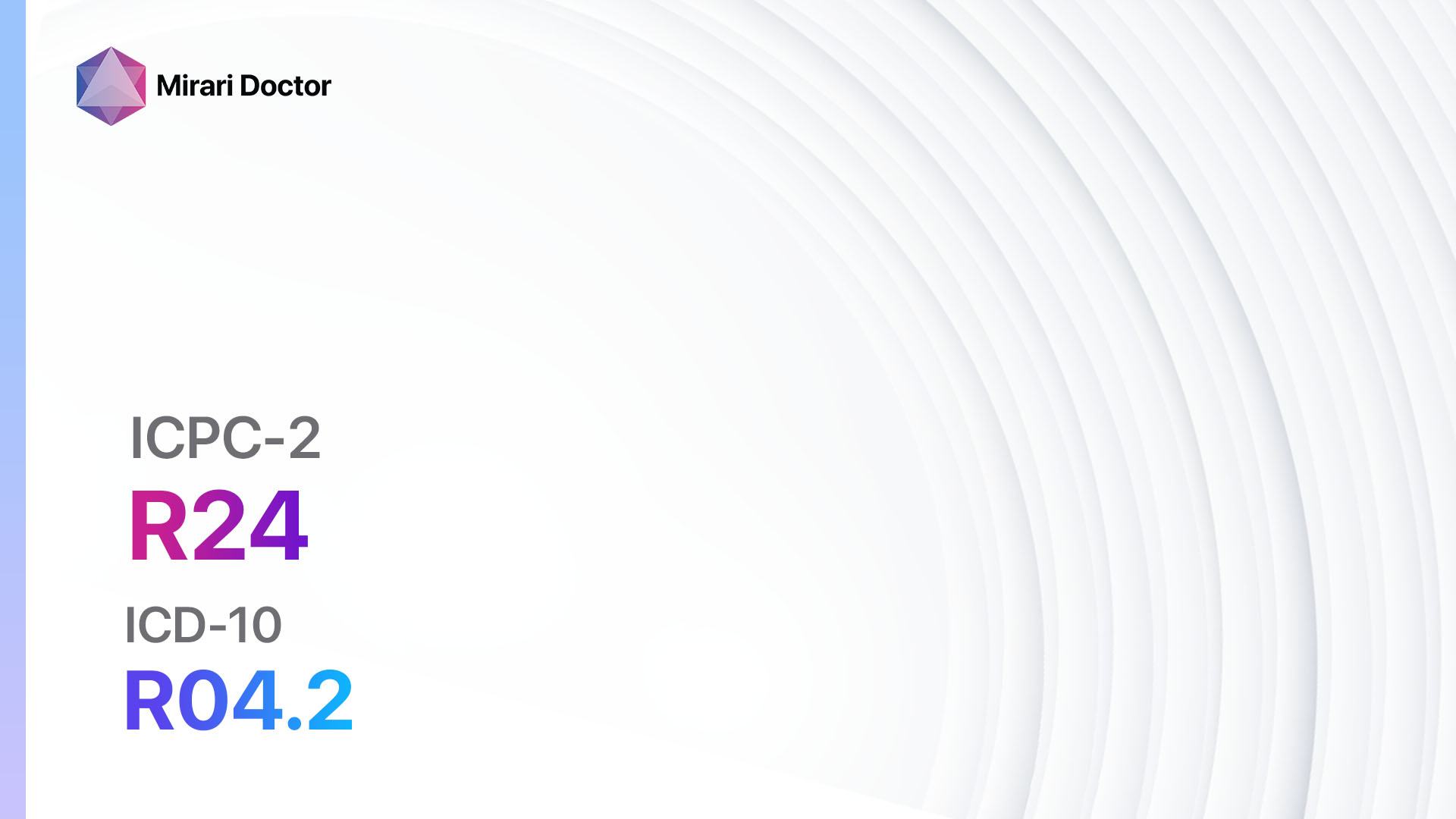
Introduction
Haemoptysis refers to the coughing up of blood or blood-stained mucus from the respiratory tract. It is a potentially serious symptom that can indicate underlying respiratory conditions.[1] The aim of this guide is to provide a comprehensive overview of the diagnostic steps and possible interventions for haemoptysis.
Codes
Symptoms
- Coughing up blood or blood-stained mucus
- Chest pain or discomfort
- Shortness of breath
- Wheezing or noisy breathing[4]
Causes
- Respiratory infections (e.g., bronchitis, pneumonia)
- Lung cancer or other tumors
- Tuberculosis
- Bronchiectasis (damage to the airways)
- Pulmonary embolism (blood clot in the lung)
- Chronic obstructive pulmonary disease (COPD)
- Trauma or injury to the chest[5]
Diagnostic Steps
Medical History
- Gather information about the patient’s symptoms, including the frequency, duration, and severity of haemoptysis.
- Identify any risk factors, such as smoking, exposure to environmental toxins, or a family history of respiratory conditions.
- Inquire about any relevant medical conditions, such as lung diseases or bleeding disorders.[6]
Physical Examination
- Perform a thorough examination of the chest, listening for abnormal breath sounds or wheezing.
- Check for signs of respiratory distress, such as rapid breathing or cyanosis (bluish discoloration of the lips or skin).
- Look for any signs of trauma or injury to the chest.[7]
Laboratory Tests
- Complete blood count (CBC) to check for anemia or infection.
- Coagulation profile to assess the blood’s ability to clot.
- Sputum culture to identify any bacterial or fungal infections.
- Tuberculosis (TB) testing, such as a TB skin test or interferon-gamma release assay (IGRA).[8]
Diagnostic Imaging
- Chest X-ray to evaluate the lungs and identify any abnormalities, such as tumors or lung infections.
- Computed tomography (CT) scan of the chest to provide detailed images of the lungs and blood vessels.
- Bronchoscopy, a procedure in which a flexible tube with a camera is inserted into the airways to visualize any abnormalities.[9]
Other Tests
- Arterial blood gas (ABG) analysis to assess the oxygen and carbon dioxide levels in the blood.
- Pulmonary function tests (PFTs) to evaluate lung function and identify any obstructive or restrictive lung diseases.
- Biopsy of any suspicious lung lesions or tumors to determine the underlying cause of haemoptysis.[10]
Follow-up and Patient Education
- Schedule follow-up appointments to monitor the patient’s progress and response to treatment.
- Provide education on the importance of quitting smoking and avoiding exposure to environmental toxins.
- Discuss the potential complications and prognosis of haemoptysis based on the underlying cause.
Possible Interventions
Traditional Interventions
Medications:
Top 5 drugs for haemoptysis:
- Tranexamic acid:
- Cost: $10-$50 for a 30-day supply.
- Contraindications: History of blood clots, active bleeding, or hypersensitivity to tranexamic acid.
- Side effects: Nausea, diarrhea, headache.
- Severe side effects: Allergic reactions, visual disturbances, seizures.
- Drug interactions: Anticoagulants, hormonal contraceptives.
- Warning: Use with caution in patients with renal impairment.
- Antibiotics (e.g., Amoxicillin, Azithromycin):
- Cost: $10-$50 for a 10-day course.
- Contraindications: Allergy to antibiotics, liver dysfunction.
- Side effects: Nausea, diarrhea, rash.
- Severe side effects: Severe allergic reactions, liver toxicity.
- Drug interactions: Warfarin, oral contraceptives.
- Warning: Finish the full course of antibiotics as prescribed.
- Bronchodilators (e.g., Albuterol, Salmeterol):
- Cost: $10-$50 for an inhaler.
- Contraindications: Hypersensitivity to bronchodilators, severe cardiac disease.
- Side effects: Tremor, increased heart rate, headache.
- Severe side effects: Chest pain, arrhythmias.
- Drug interactions: Beta-blockers, diuretics.
- Warning: Use as directed for acute symptom relief.
- Corticosteroids (e.g., Prednisone, Fluticasone):
- Cost: $10-$50 for a 30-day supply.
- Contraindications: Active infections, systemic fungal infections.
- Side effects: Increased appetite, weight gain, mood changes.
- Severe side effects: Adrenal suppression, osteoporosis.
- Drug interactions: NSAIDs, anticoagulants.
- Warning: Taper off corticosteroids gradually to avoid adrenal insufficiency.
- Anticoagulants (e.g., Warfarin, Rivaroxaban):
- Cost: $10-$200 for a 30-day supply.
- Contraindications: Active bleeding, history of bleeding disorders.
- Side effects: Easy bruising, bleeding gums, nosebleeds.
- Severe side effects: Severe bleeding, intracranial hemorrhage.
- Drug interactions: NSAIDs, other anticoagulants.
- Warning: Regular monitoring of blood clotting parameters is required.
Alternative Drugs:
- Antifibrinolytic agents (e.g., Aminocaproic acid): Used to prevent or treat excessive bleeding.
- Antituberculosis medications (e.g., Isoniazid, Rifampin): Prescribed for haemoptysis caused by tuberculosis.
- Chemotherapy agents (e.g., Cisplatin, Paclitaxel): Used in the treatment of lung cancer.
- Immunosuppressants (e.g., Methotrexate, Cyclophosphamide): May be prescribed for autoimmune-related haemoptysis.
- Antifungal medications (e.g., Fluconazole, Voriconazole): Used to treat fungal infections in the lungs.
Surgical Procedures:
- Bronchial artery embolization: A minimally invasive procedure to block the blood supply to the bleeding site in the lungs. Cost: $5,000-$15,000.
- Lung resection: Surgical removal of a portion of the lung to treat underlying lung cancer or other conditions. Cost: $30,000-$100,000.
- Thoracotomy: A surgical incision in the chest to access and repair any bleeding or damaged blood vessels. Cost: $50,000-$150,000.
Alternative Interventions
- Acupuncture: May help improve blood flow and reduce pain. Cost: $60-$120 per session.
- Herbal supplements: Some herbs, such as turmeric and ginger, have anti-inflammatory properties that may help reduce haemoptysis. Cost: Varies depending on the specific supplement.
- Breathing exercises: Techniques like pursed-lip breathing and diaphragmatic breathing can help improve lung function and reduce the risk of bleeding. Cost: Free.
- Dietary modifications: Consuming foods rich in vitamin K, such as leafy greens and broccoli, may help improve blood clotting. Cost: Varies depending on dietary choices.
- Mind-body therapies: Practices like meditation and yoga can help reduce stress and promote overall well-being. Cost: Varies depending on the specific therapy or class.
Lifestyle Interventions
- Smoking cessation: Quitting smoking is crucial to reduce the risk of respiratory conditions and haemoptysis. Cost: Varies depending on the chosen smoking cessation method.
- Avoidance of environmental toxins: Minimize exposure to pollutants, chemicals, and secondhand smoke. Cost: Free.
- Regular exercise: Engaging in physical activity can improve lung function and overall cardiovascular health. Cost: Varies depending on the chosen exercise program or gym membership.
- Healthy diet: Consuming a balanced diet rich in fruits, vegetables, and whole grains can support respiratory health. Cost: Varies depending on dietary choices.
- Stress management: Finding healthy ways to cope with stress, such as through relaxation techniques or therapy, can help reduce the risk of haemoptysis. Cost: Varies depending on the chosen stress management method.
It is important to note that the cost ranges provided are approximate and may vary depending on the location and availability of the interventions.
Mirari Cold Plasma Alternative Intervention
Understanding Mirari Cold Plasma
- Safe and Non-Invasive Treatment: Mirari Cold Plasma is a safe and non-invasive treatment option for various skin conditions. It does not require incisions, minimizing the risk of scarring, bleeding, or tissue damage.
- Efficient Extraction of Foreign Bodies: Mirari Cold Plasma facilitates the removal of foreign bodies from the skin by degrading and dissociating organic matter, allowing easier access and extraction.
- Pain Reduction and Comfort: Mirari Cold Plasma has a local analgesic effect, providing pain relief during the treatment, making it more comfortable for the patient.
- Reduced Risk of Infection: Mirari Cold Plasma has antimicrobial properties, effectively killing bacteria and reducing the risk of infection.
- Accelerated Healing and Minimal Scarring: Mirari Cold Plasma stimulates wound healing and tissue regeneration, reducing healing time and minimizing the formation of scars.
Mirari Cold Plasma Prescription
Video instructions for using Mirari Cold Plasma Device – R24 Haemoptysis (ICD-10:R04.2)
| Mild | Moderate | Severe |
| Mode setting: 2 (Wound Healing) Location: 4 (Heart, Bile & Pancreas) Morning: 15 minutes, Evening: 15 minutes |
Mode setting: 2 (Wound Healing) Location: 4 (Heart, Bile & Pancreas) Morning: 30 minutes, Lunch: 30 minutes, Evening: 30 minutes |
Mode setting: 2 (Wound Healing) Location: 4 (Heart, Bile & Pancreas) Morning: 30 minutes, Lunch: 30 minutes, Evening: 30 minutes |
| Mode setting: 2 (Wound Healing) Location: 6 (Throat, Lymphatic & Thyroid) Morning: 15 minutes, Evening: 15 minutes |
Mode setting: 2 (Wound Healing) Location: 6 (Throat, Lymphatic & Thyroid) Morning: 30 minutes, Lunch: 30 minutes, Evening: 30 minutes |
Mode setting: 2 (Wound Healing) Location: 6 (Throat, Lymphatic & Thyroid) Morning: 30 minutes, Lunch: 30 minutes, Evening: 30 minutes |
| Mode setting: 7 (Immunotherapy) Location: 1 (Sacrum) Morning: 15 minutes, Evening: 15 minutes |
Mode setting: 7 (Immunotherapy) Location: 1 (Sacrum) Morning: 30 minutes, Lunch: 30 minutes, Evening: 30 minutes |
Mode setting: 7 (Immunotherapy) Location: 1 (Sacrum) Morning: 30 minutes, Lunch: 30 minutes, Evening: 30 minutes |
| Total Morning: 45 minutes approx. $7.50 USD, Evening: 45 minutes approx. $7.50 USD |
Total Morning: 90 minutes approx. $15 USD, Lunch: 90 minutes approx. $15 USD, Evening: 90 minutes approx. $15 USD |
Total Morning: 90 minutes approx. $15 USD, Lunch: 90 minutes approx. $15 USD, Evening: 90 minutes approx. $15 USD |
| Usual treatment for 7-60 days approx. $105 USD – $900 USD | Usual treatment for 6-8 weeks approx. $1,890 USD – $2,520 USD |
Usual treatment for 3-6 months approx. $4,050 USD – $8,100 USD
|
 |
|
Use the Mirari Cold Plasma device to treat Haemoptysis effectively.
WARNING: MIRARI COLD PLASMA IS DESIGNED FOR THE HUMAN BODY WITHOUT ANY ARTIFICIAL OR THIRD PARTY PRODUCTS. USE OF OTHER PRODUCTS IN COMBINATION WITH MIRARI COLD PLASMA MAY CAUSE UNPREDICTABLE EFFECTS, HARM OR INJURY. PLEASE CONSULT A MEDICAL PROFESSIONAL BEFORE COMBINING ANY OTHER PRODUCTS WITH USE OF MIRARI.
Step 1: Cleanse the Skin
- Start by cleaning the affected area of the skin with a gentle cleanser or mild soap and water. Gently pat the area dry with a clean towel.
Step 2: Prepare the Mirari Cold Plasma device
- Ensure that the Mirari Cold Plasma device is fully charged or has fresh batteries as per the manufacturer’s instructions. Make sure the device is clean and in good working condition.
- Switch on the Mirari device using the power button or by following the specific instructions provided with the device.
- Some Mirari devices may have adjustable settings for intensity or treatment duration. Follow the manufacturer’s instructions to select the appropriate settings based on your needs and the recommended guidelines.
Step 3: Apply the Device
- Place the Mirari device in direct contact with the affected area of the skin. Gently glide or hold the device over the skin surface, ensuring even coverage of the area experiencing.
- Slowly move the Mirari device in a circular motion or follow a specific pattern as indicated in the user manual. This helps ensure thorough treatment coverage.
Step 4: Monitor and Assess:
- Keep track of your progress and evaluate the effectiveness of the Mirari device in managing your Haemoptysis. If you have any concerns or notice any adverse reactions, consult with your health care professional.
Note
This guide is for informational purposes only and should not replace the advice of a medical professional. Always consult with your healthcare provider or a qualified medical professional for personal advice, diagnosis, or treatment. Do not solely rely on the information presented here for decisions about your health. Use of this information is at your own risk. The authors of this guide, nor any associated entities or platforms, are not responsible for any potential adverse effects or outcomes based on the content.
Mirari Cold Plasma System Disclaimer
- Purpose: The Mirari Cold Plasma System is a Class 2 medical device designed for use by trained healthcare professionals. It is registered for use in Thailand and Vietnam. It is not intended for use outside of these locations.
- Informational Use: The content and information provided with the device are for educational and informational purposes only. They are not a substitute for professional medical advice or care.
- Variable Outcomes: While the device is approved for specific uses, individual outcomes can differ. We do not assert or guarantee specific medical outcomes.
- Consultation: Prior to utilizing the device or making decisions based on its content, it is essential to consult with a Certified Mirari Tele-Therapist and your medical healthcare provider regarding specific protocols.
- Liability: By using this device, users are acknowledging and accepting all potential risks. Neither the manufacturer nor the distributor will be held accountable for any adverse reactions, injuries, or damages stemming from its use.
- Geographical Availability: This device has received approval for designated purposes by the Thai and Vietnam FDA. As of now, outside of Thailand and Vietnam, the Mirari Cold Plasma System is not available for purchase or use.
References
- Cordovilla R, et al. Diagnosis and Treatment of Hemoptysis. Arch Bronconeumol. 2016;52(7):368-377.
- World Health Organization. International Classification of Primary Care, Second edition (ICPC-2).
- World Health Organization. International Statistical Classification of Diseases and Related Health Problems 10th Revision (ICD-10).
- Earwood JS, Thompson TD. Hemoptysis: Evaluation and Management. Am Fam Physician. 2015;91(4):243-249.
- Ittrich H, et al. The Diagnosis and Treatment of Hemoptysis. Dtsch Arztebl Int. 2017;114(21):371-381.
- Ketai LH, et al. ACR Appropriateness Criteria® Hemoptysis. J Am Coll Radiol. 2014;11(4):345-352.
- Sakr L, Dutau H. Massive Hemoptysis: An Update on the Role of Bronchoscopy in Diagnosis and Management. Respiration. 2010;80(1):38-58.
- Thirumaran M, et al. Is investigation of patients with haemoptysis and normal chest radiograph justified? Thorax. 2009;64(10):854-856.
- Khalil A, et al. Role of MDCT in identification of the bleeding site and the vessels causing hemoptysis. J Radiol. 2015;96(2):130-140.
- Larici AR, et al. Diagnosis and management of hemoptysis. Diagn Interv Radiol. 2014;20(4):299-309.
- Bidwell JL, Pachner RW. Hemoptysis: Diagnosis and Management. Am Fam Physician. 2005;72(7):1253-1260.
Related articles
Made in USA


